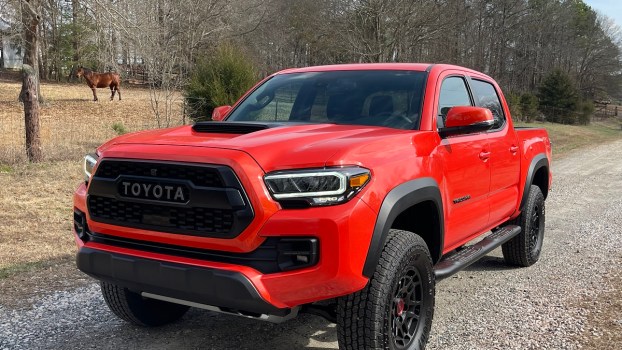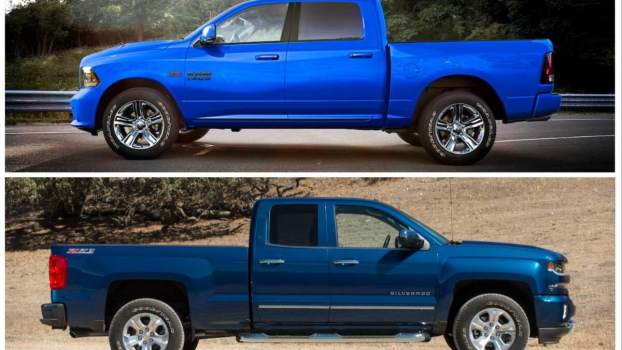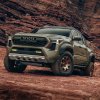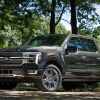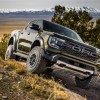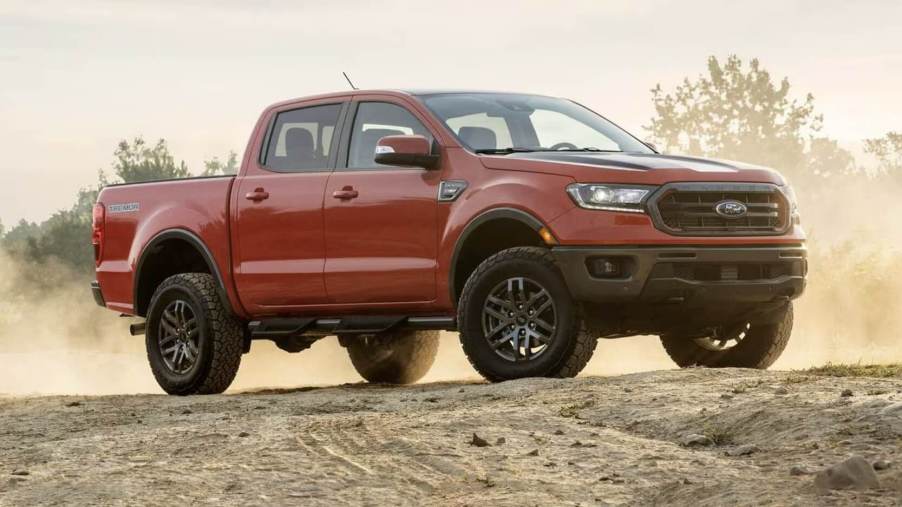
Why Are Used Pickup Truck Prices Still Crazy Expensive?
If you’ve looked at used pickup truck prices recently and reacted with violence and confusion, then you aren’t alone. Prices seem to be raging out of control and still haven’t slowed down after the Coronavirus (COVID-19) outbreak. But things are leveling out as production gets back on track, so why are used pickup truck prices still super expensive?
Used pickup truck prices are still climbing
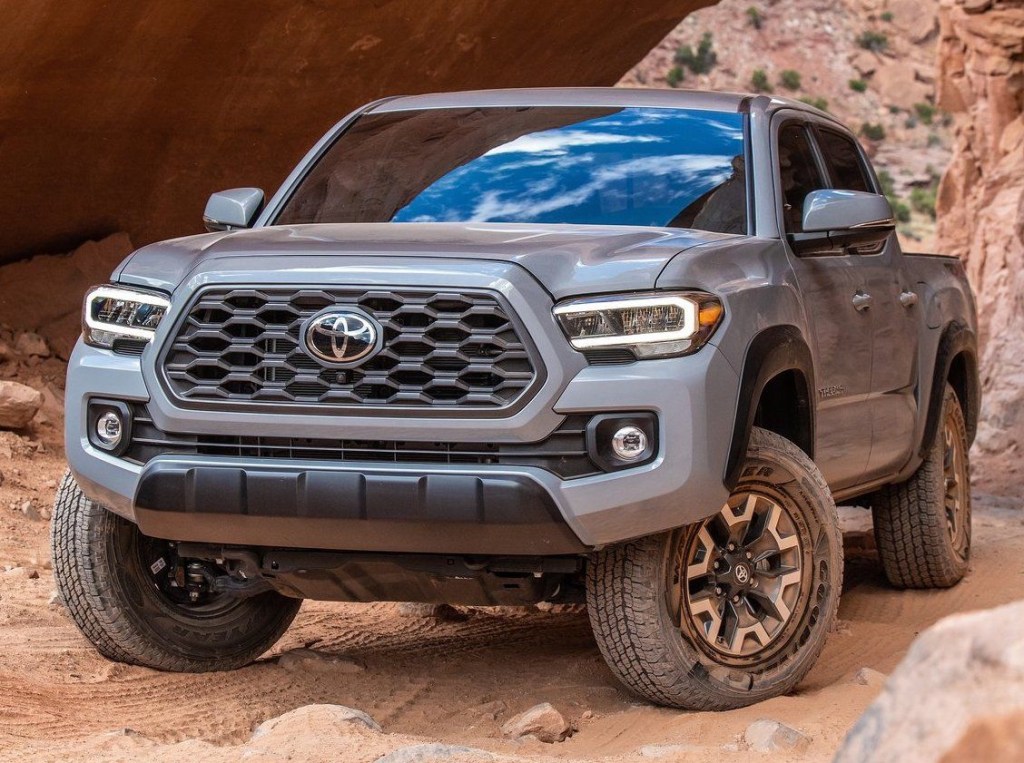
If you’ve been waiting for used pickup truck prices to drop, then don’t hold your breath. As the semiconductor chip shortage and other supply chain issues start to ease up, automakers should be pushing out more trucks.
More trucks mean there are more new options to buy, leaving us with more used options that should decrease in price, right? Well, used truck prices are actually at a 12-month high with no signs of slowing down soon.
CarFax trends show that pickup trucks are the only option in the segment with increasing prices. Pickup trucks are currently up by 6.3%, while SUV prices are down by 3.5%, and hybrid/EVs are down by a shocking 11.8%. Prices increased by another .7% in September 2023.
The average price for a used truck rings in at $37,863. Personally, this is depressing because I’ve been wanting to trade in my beloved Jeep Renegade for a midsize truck for months.
Heavy damage can reduce prices by about $3,000. But is living with the damage and the knowledge of a decreased resale value worth it? Also, the 2023 Ford F-150 has a starting MSRP of $35,590, so saving a few pennies with a brand-new truck might be worth it.
But now, the 2024 F-150 starts at $36,750, and things could be getting worse for Stellantis, GM, Chevrolet, and Ford. The United Auto Workers (UAW) strike has paused the production of new trucks. So, even fewer new models are available on the dealership lots.
This may cause more delays as people want new vehicles, forcing them to consider used trucks instead. As a result, prices could climb even higher.
Why are used truck prices so high?
Multiple factors contribute to increasing used pickup truck prices. For example, we’re still facing a massive semiconductor chip shortage. The chips are needed for popular tech gadgets such as laptops and gaming consoles.
However, the trucks need the chips for things like the infotainment system, heated seats, dual-zone climate control, the head-up display, and more.
Other supply chain issues are also limiting new vehicle inventory. Things like badges, rubber, seat foam, hard top materials, upholstery, battery packs, and charging cables struggle against limited resources.
We’re still pretty far away from pre-pandemic levels. Ford sales increased by 10% during the second quarter of the year, with only experiencing a decline in Ford Mustang Mach-E sales.
Nearly 15 million vehicles could be sold this year, which is a stout increase from 13.9 million cars in 2022. However, before the pandemic, over 17 million vehicles were sold yearly. The demand for trucks is still there, but the inventory isn’t. If people can’t buy new trucks, they turn to used trucks, increasing prices.
When will used vehicle prices drop?
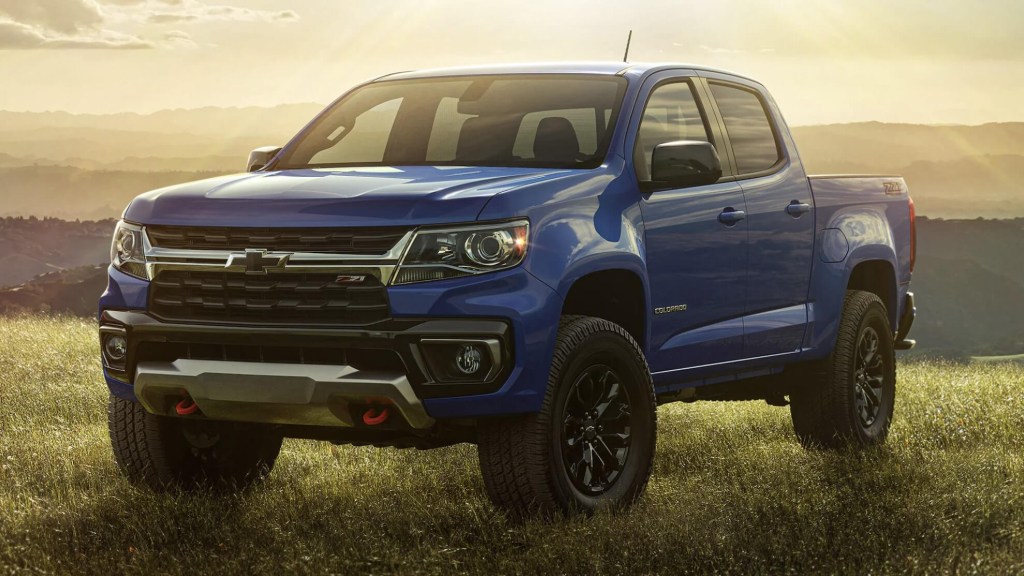
It’s hard to determine when it will be a good time to buy a used pickup truck. The semiconductor shortage could get worse again. Plus, in 2020, Covid limited new vehicle inventory. So the number of leases was down.
This year, the number of people coming out of a lease is lower, so there could be fewer used vehicles available. Also, 2022 experienced the least amount of vehicles sold in the past decade, limiting the number of vehicles that will be traded in.
On a positive note, new vehicle inventory has been ramping up. But inflation is also making new cars pretty expensive, causing buyers to be a little wary. It’s not a good time to get a used vehicle unless you absolutely need one.
Typically, vehicle prices drop around October and toward the end of the year as dealers make way for brand-new cars. So, try to wait until the fall, at least. January and February are also better times of the year to shop for a new vehicle.
